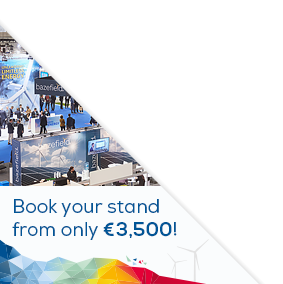Posters
Siblings:
ProceedingsProgrammeProceedingsSpeakersPostersContent PartnersElectrification StageMarkets TheatreR&I ActivitiesStudent DayProgramme Committee & abstracts reviewersPresenters dashboardCome meet the poster presenters to ask them questions and discuss their work
We would like to invite you to come and see the posters at our upcoming conference. The posters will showcase a diverse range of research topics and provide an opportunity for delegates to engage with the authors and learn more about their work. Whether you are a seasoned researcher or simply curious about the latest developments in your field, we believe that the posters will offer something of interest to everyone. So please, join us at the conference and take advantage of this opportunity to learn and engage with your peers in the academic community. We look forward to seeing you there!
PO198: Finite element modelling of repaired composite laminates
Aura Venessa De Guzman Paguagan, Senior Blade Specialist, Wind Power Lab
Abstract
To make wind industry competitive with respect to other renewable energy, a call for optimization of wind turbine (WT) blade repairs is an important consideration as the wind energy market expands globally in the coming next decade. The development of technologies for lightweight materials has increased thanks to the aerospace industry influencing the development of repairs in wind energy. Such knowledge is less mature compared to aircraft constructions. Therefore, some aerospace techniques are adopted for wind turbine blade composite application [1]. Stepped-scarf repair (SSR) is one of the most common applied repairs in WT blades. Its optimal design has been complex due to its dependency on geometric values and material mechanical properties, giving huge variation of effects in design loading capacity and strength. Therefore, an automated method named Multi-Parameter Stepped-Scarf (MPSS) is introduced for designing SSR for composite laminate. The repair scheme accommodates different parameters including defect length, layup stacking and geometrical inputs such as ply thickness, resin thickness, over-lamina, overlapping length, and loading scenario of tension or bending. The MPSS can generate 2D meshed model written in an input file for finite element (FE) software ABAQUS for both repaired and pristine laminate, enabling to perform comparison of global elastic modulus and flexural rigidity before and after repair for preliminary design investigation. This will allow design flexibility and higher working efficiency in model generation in different repair simulation studies granting the possibility for further investigation and understanding of the effect of different parameters on the joint performance. The automated method will ease computational modelling during more complex analysis using damage mechanics and parametric studies.







